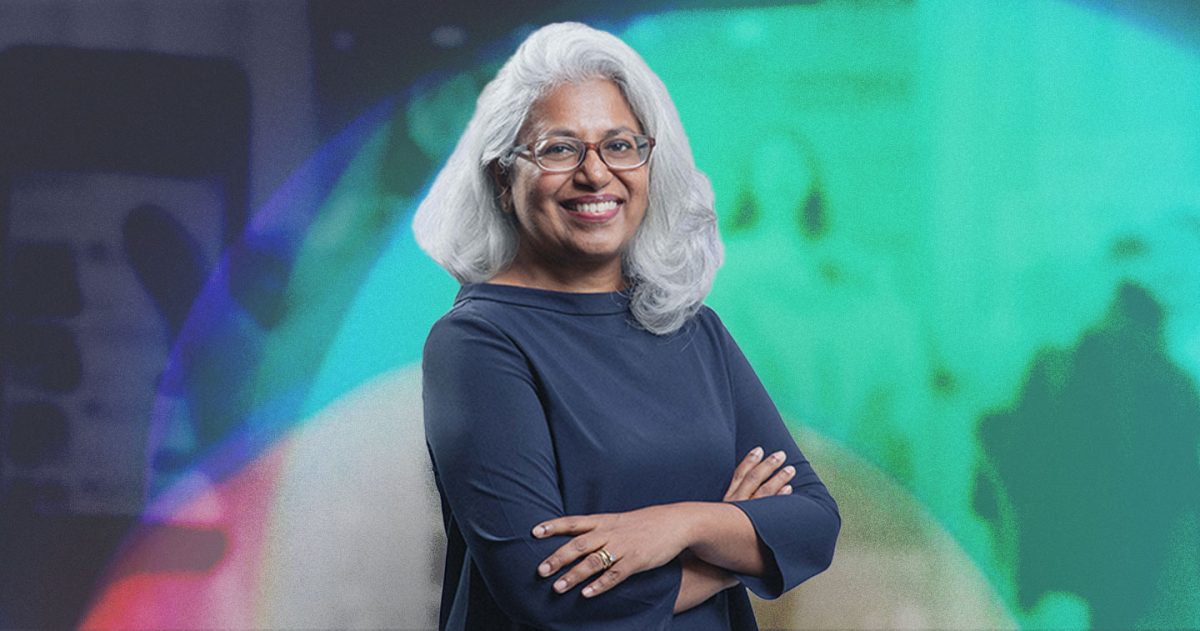
SINGAPORE — In the booming and ever-evolving era of ecommerce, live selling has started to gain traction across the world, mostly for industries such as beauty and fashion. However, Dentsu Singapore Head of Solutions Development Uma Ranganathan is challenging FMCG brands to strike while the iron’s still hot in live commerce – noting key strategies to leverage content and inspire conversion.
Below is the full piece from Uma:
Live commerce has proven to be a marketing format to reckon with in ecommerce. Live commerce capabilities contributed to 60% of the gross merchandise volume (GMV) of Taobao in 20211 and in ASEAN, there is already a 70-90% awareness of live commerce2 in every country as of 2021.
While the natural fit of this format is with products that target young audiences, rely on celebrity or influencer endorsements, and are visual in nature, such as in beauty and fashion, live commerce is also being adopted by other product categories.
Now, the question that brand marketers are asking: What about live commerce and its applicability for CPG or FMCG brands? Will consumers really be interested in watching live sessions selling them toothpaste, noodles, laundry detergent and other mundane product categories?
What should FMCG brands take note of when tapping into live commerce?
Content and consistency in upper-funnel marketing
The requisite for good content on social media live sessions is that they are entertaining and engaging. Established brands have a lot of stories to share with their customers, which can enhance affinity, desirability and value benefits beyond just the product formulation. Tapping into this and placing an upper-funnel remit on live streaming can be a smart way for FMCG brands to get started with this format.
However, it is not about placing staged ads, but authentic brand stories that will connect with consumers. Micro-influencers sharing their brand experiences, and brand experts engaging in podcast-style streaming sessions can also make the brand come alive and contribute to a volume of content, which brings about the point of consistency. One-off content streaming will not be sufficient or provide the right ROI for the investment.
In shaping a live commerce strategy, a brand needs to look at creating brand stories and communication on a regular basis, so that users can come back to it repeatedly and look for brand benefits, not just product benefits. Developing tele-novela style content is a smart way for brands to do this, after all, it was soap brands which developed the hugely successful soap operas content format.
Justifying effectiveness with the volume of sales conversions
The live commerce format is anchored on offering a hook for conversion, and that is almost always related to lowered prices and sometimes a value-add. However, this is not new for FMCG brands as they adopt price-offs and bundling as a marketing strategy in all their sales and distribution channels.
The bigger metric to focus on is the volume of sales conversions triggered from the live commerce channels because that will drive the ROI to justify their attention and effort. The content is key here, as well as sales conversions that go well beyond the duration of the live streaming session. The live streaming content helps to build a growing library of video content that has longevity value for the brand on that channel, which will continue driving traffic to the ecommerce catalog. This addresses the ROI concern for the brand marketers, because ROI opportunities are not limited to the streaming event, but perpetually [generating].
Benefits of tapping into live commerce for FMCG brands
Beyond the data benefits that live commerce or live streaming offer for marketers to evaluate effectiveness and efficiency of their content and formats, there are many other benefits for FMCG products especially.
For example, brands can use live streaming to do testing and validating, introduce new product formats and flavors, on a very scaled basis, to a live audience and get real-time consumer feedback.
The early adopter FMCG brands to enter the arena of live streaming and live commerce can benefit from the lack of competitive brand clutter in that space now and gain better traction with consumer attention. They can also leverage much lower costs with technology and services partners who are eager to bring in the big FMCG brands to this sales format and defray the infrastructure investments required to run scaled operations.
1 https://croud.com/blog/the-rise-of-live-shopping-in-southeast-asia/








